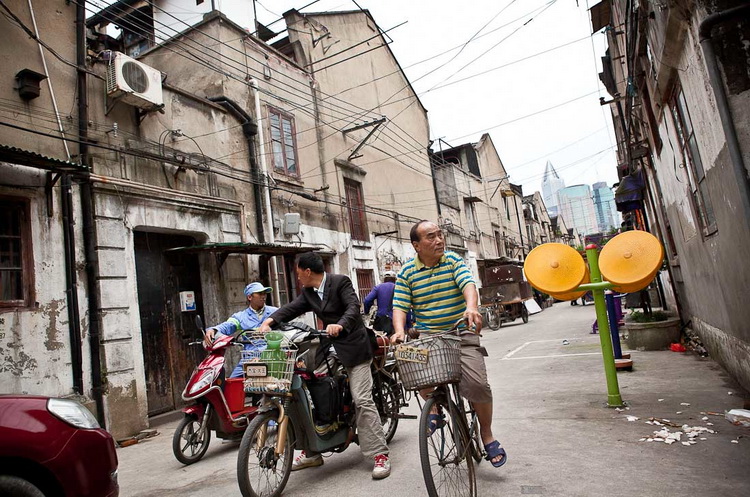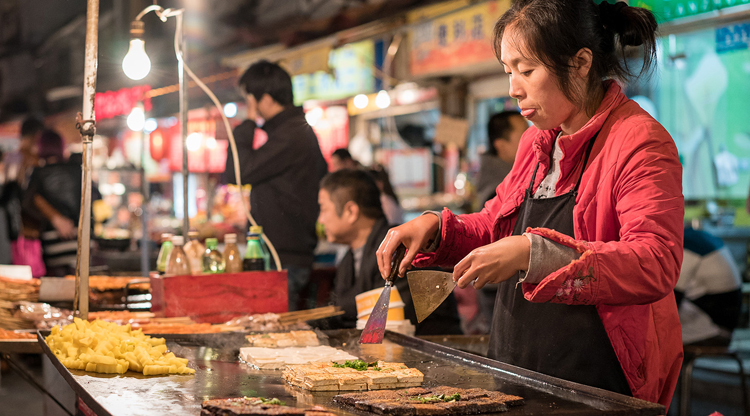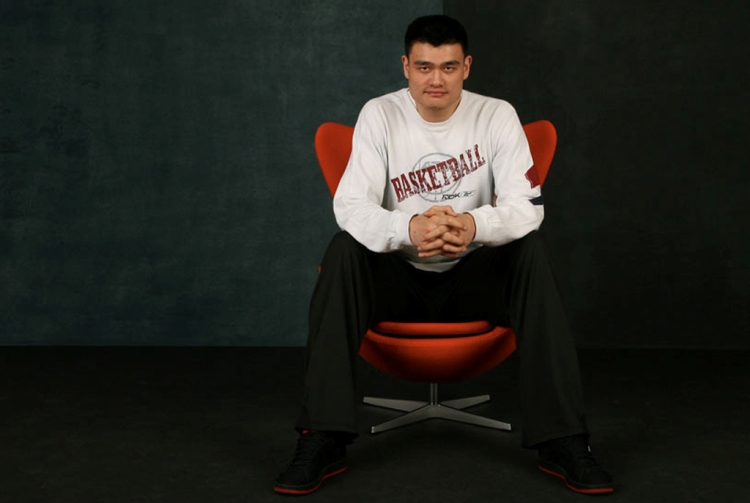The January issue of That's Shanghai features profiles of and pictures from five of our favorite Shanghai photographers from the past year. Andrew Rochfort gave us 'Behind the Bund' and this week we feature Sue Anne Tay, the mastermind behind Shanghai Street Stories.
“Shanghai Street Stories started out simply as vignettes of people I met, situations I encountered on the streets and observations of shikumen and lilong neighborhoods,” says photographer and blogger Sue Anne Tay.“It has evolved to be more documentary and research oriented, in terms of revealing nuggets of random history in the brick and mortar.”
Tay’s work on her blog Shanghai Street Stories has catalogued the changing dynamics of Shanghai’s neighborhoods, especially the iconic lane house residences. She has been in China for close to six years, and began her photography work as soon as she arrived in the city.
“I think this resonates with many new arrivals in an exciting city like Shanghai, it was a way to connect with your environment,” she says. “Eventually, I started doing more on-the-ground interviews, really exploring old neighborhoods and researching their history.”
Her discoveries in Shanghai’s old neighborhoods have ranged from underground communist printing presses to exquisite Confucius-themed lattice work. On her website, she has written about the art deco influences on lane house design, Maoist mural writing and held interviews with some of the city’s most interesting artists and architects.
“The way I find stories about people or neighborhoods is often incidental, a matter of passing through a lilong or a meaningful encounter with a resident,” she says. “Other times, it’s knowing when a lane or house is on its way out that warrants a footnote in history.”
Shikumen header: An elaborate shikumen header located in Old Town. Lilong housing combines Western architecture - motifs and layout in the form of English row housing - with Chinese fengshui sensibilities - always south facing and family style courtyards. Wealthy or learned families in the earlier 20th century used to depict aspirational motifs that front their homes.

Portrait of worker: I used to walk around with a 50mm and simply approach people for their portraits and strike up conversations. It's a way to challenge myself to talk to strangers and see what morsels of information you can walk away with.
Wooden lattice: Tucked away in Kongjia Lane (or more loosely “Lane of Confucius Home”), I discovered this incredibly elaborate and well-preserved wooden lattice panels. I later discover that it was originally built by a family named Dong and the sons occupied each side of the shikumen courtyard.
Ruihua lane public service posters: Located south of Fuxing Lu not far from Xintiandi, these mosaic public service posters advocating hygiene, filial piety and diligence in the pursuit of sciences are vintage and wonderfully rare in old lanes. They were done in early 2000, so not exactly ancient but a wonderful neighborhood touch.

Happiest man in Shanghai: I met Mr. Cai out in the suburbs of Shanghai in Minhang, his Jiangnan-styled house was the only one standing in a sea of green vegetation. The entire block had been razed but the property developer had run out of money. Mr. Cai was one of the most optimistic and excited individuals I met in the city. I spent all afternoon following him around photographing his farm, barber shop and neighbors.
Mao propaganda in lane: Traces of China’s Cultural Revolution fervor can still be found in Shanghai’s old lilong neighborhoods. This mural discovered in Siwen Lane is based on a prominent painting from “Chairman Mao goes to Anyuan” painted in 1968 that was subsequently widely replicated during the Cultural Revolution as part of Mao's growing cult personality.

Lane life: I like to sit and observe the dynamic and human traffic in lilong lanes, the social make up of residents - local Shanghainese and waidiren - the small businesses that pass through and the flowing gossip off the lanes. It's a wonderful hive of activity.
Shikumen cycle lane: A resident cycles by a nondescript shikumen entrance on Shanhaiguan Lu. Locate in Jingan district, not too far from Suzhou Creek, the neighborhood is now part of the demolition wave sweeping the area.
// See more of Sue Anne Tay’s work at shanghaistreetstories.com, see more from That's Shanghai's January Photography Issue here.



























0 User Comments